Here are 10 sustainable living choices to celebrate Earth Day 2024. Let’s adopt these green living ideas and make every day Earth Day.
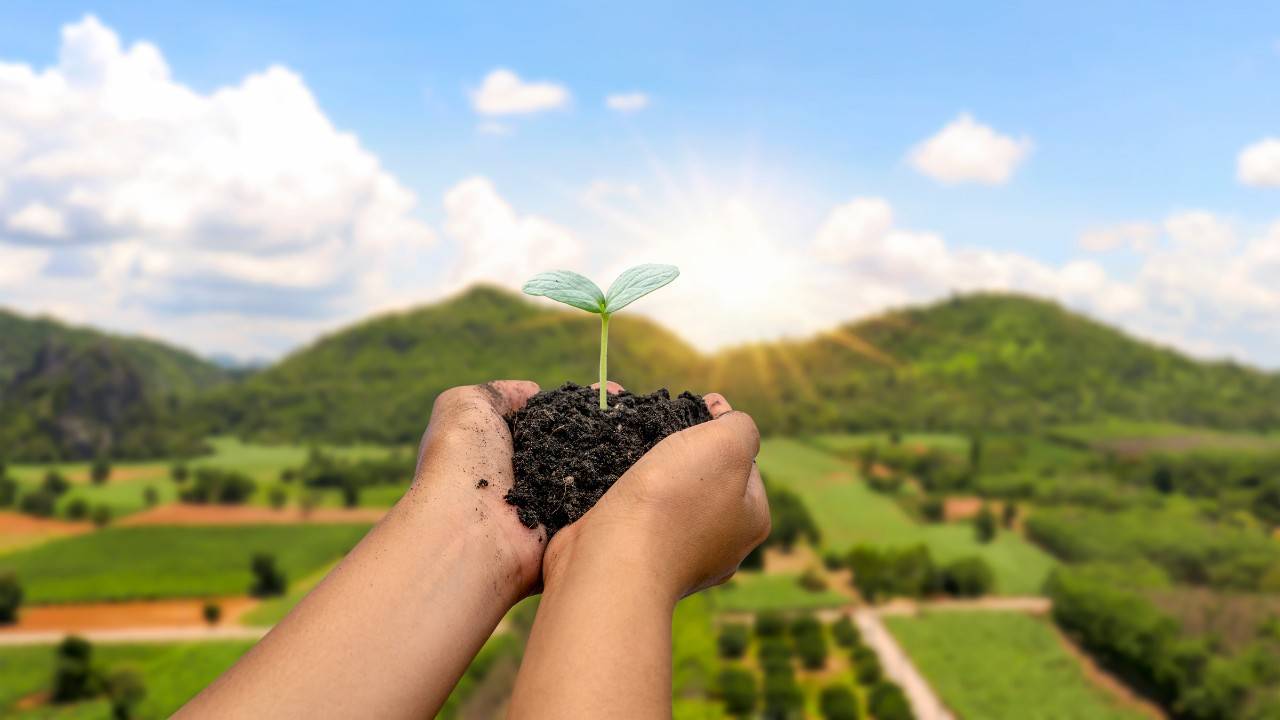
Our nature is dying.
Climate change, global warming, and depleted resources are all starting to have devastating effects on people’s lives.
This Earth Day, let’s celebrate and adopt sustainable living habits.
I admit I’m guilty of thinking, “I’m just one person. It’s unlikely my habits will save the planet.”
Here’s why I was wrong. I used to drink one cup of Starbucks coffee a day. That’s 365 plastic coffee cups a year. But when I started bringing my ceramic mug with me, that’s 365 fewer plastic cups sent to waste.
What about if 1,000 people did the same? That’s 365,000 fewer plastic cups!
No more excuses!
Here are 10 sustainable living choices to celebrate Earth Day 2024.
Let’s adopt these green living ideas and make every day Earth Day.
1. Quit Single-Use Plastic
10 million tons of plastic is dumped into oceans every year, where it kills a huge number of mammals, seals, and sea birds.
Before you buy a plastic product, consider the full impact it’ll have — from the energy used to convert and process raw materials, to transport, to the time it’ll take to degrade.
One of the ways in which you can cut down on single plastic use is to bring reusable bags when you go shopping. Stop buying single-use water bottles, but get a glass or an aluminum one, and carry it with you. The same goes for straws. Avoid products packaged in plastic.
For example, go for unwrapped vegetables at the supermarket.
Also, shop less online. Our online purchases come wrapped in tons of plastic materials to remain safe during transportation. If you can get something locally, don’t order it online.
If you’re not sure what to do with all those accumulated plastic bags, here’s a guide on how to recycle them.
If you're hosting a party soon, check out our guide on how to celebrate Christmas without plastic cups and straws (it applies to other celebrations as well).
Finally, use eco-friendly alternatives, such as jute, bamboo, ceramic, glass, wood, and more. You’ll be surprised by the range of products that have eco-friendly alternatives — everything from bamboo cutlery to clothes.
2. Use Energy-Saving Electronic Home Appliances
No one expects you to run out and buy all energy-saving appliances, which is a good thing, as manufacturing appliances uses up a lot of resources.
But, if you’re planning to buy a new clothes drier, washer, fridge, dishwasher, or another appliance, you should consider going for an energy-saving option.
Here’s why.
Appliances with an Energy Star label have passed stricter energy and water efficiency regulations. This means Energy Star certified appliances use less energy than their conventional counterparts.
However, people are often put off by these appliances as they come at a higher price. Don’t let this fool you. Energy-saving appliances are still worth it.
Average home appliances account for 20% of your home’s total electric bill. But, Energy Star appliances last for 10 to 20 years and will use from 10% to 50% less energy per year, compared to a non-energy efficient equivalent.
So, energy-saving appliances are an investment that will help you save on your electric bill for years to come. This is especially significant, seeing as electricity rates are rising every year.
Apart from using energy-saving appliances, consider how you use them. For example, all equipment with a plug needs electricity to work. These appliances use electricity even when not turned on. You should turn off the equipment and unplug it when not in use to lower the environmental impact.
3. Recycle Old Electronics
Getting rid of old electronic appliances can be problematic. If you don’t recycle an old electronic appliance, you’ll contribute to creating industrial waste. Also, massive amounts of electronic appliances end up in landfills. This is problematic because many appliances contain toxins, which can leak into the soil or are released into the air.
This pollutes the land, water, and can kill wildlife.
That’s why if you’re buying a new electronic appliance, you should responsibly recycle the old one.
Check if any parts can be reused, and research how to dispose of an electronic appliance in your area responsibly. Check if your community has e-waste recycling programs or are there any specialized centers that can safely dispose of your old appliances.
For example, see if there are centers that accept batteries, wires, plugs, old phones and laptops, printers, and more.
Also, many manufacturers will take products you no longer need, so you can also ask your vendors for disposal practices.
If you absolutely can’t find a place to recycle old appliances, consider donating them. For example, schools and other institutions will welcome printers and computers that you no longer need. They may even be able to fix them if they aren’t in working conditions.
Finally, ask yourself, do you really need that new appliance?
For example, will a new iPhone really make that big of a difference in your life if you already have a working one?
Think about will this new electronic device make a significant change in your life and help you have a sustainable living apartment?
Only by responsibly disposing of our old things will we be able to lower negative effects on our environment.
4. Conserve Water
I’m sure you’ve heard this one before — Don’t use bottled water!
Americans buy 1 million plastic bottles every minute. The water extraction for these water bottles can be harmful to wildlife and whole communities. Not only does bottled water come in plastic bottles, but there’s no reason to use it.
Companies that sell bottled water try to convince us that tap water is bad when that’s often not the case. Many cities have water that won quality and taste tests when compared to bottled water. If you’re not sure tap water in your home is good quality, use a water filter. Here’re some water filters to choose from.
Another thing to consider is that Earth’s population is constantly growing, which means there’s more demand for water sources.
Thanks to climate change, we’re facing unprecedented droughts!
Unfortunately, we’re used to washing everything too much or too often. US Environmental Protection Agency says we use 82 gallons of water a day in our homes. According to them, everyone could use at least 20% less water by installing water-efficient appliances and changing water habits.
Some ways to conserve water include:
If you’d like more ideas, here are 41 ways to conserve water at home.
5. Stop Food Waste
Food waste is one of the most serious issues the USA faces.
1.4 billion tons of food is wasted in the world every year. According to the amount of food waste, the US is the first country in the world — 40 million tons or 80 billion pounds of food is discarded yearly.
Food is wasted all the way along the supply chain. It accounts for 8% of all emissions when it ends up in landfills.
This is even more concerning when we account for the amount of energy used for food production, packaging, and transportation.
Here’s how to prevent food waste:
6. Eat Less Meat
Red meat has the highest impact on the environment.
In fact, the meat industry is one of the most destructive industries on the planet. It contributes, or it’s responsible for, huge amounts of water use, pollution, destruction of habitats, and greenhouse gasses.
Here are some statistics:
By reducing meat consumption, you’ll be reducing your carbon footprint as well. Researchers say the average meat consumer has a global warming footprint that’s double of an average vegetarian.
But, you don’t have to go full vegan.
Limit red meat to one meal a week, and eat more poultry, fish, and plants — up to three times a week.
Also, not all meat is created equally. If you buy organic meat or meat from local farms where farmers take care of their animals, it’s a more sustainable choice.
Another good option are meat alternatives. This includes plant-based meat, cultured or lab-grown meat. I know you’re probably skeptical that plant-based meat can taste like the real thing, but companies such as Beyond Meat have perfected their techniques in recent years, so it’s impossible to tell you aren’t eating the real thing. Give it a try. Meat alternatives are among the easiest sustainable living products to implement in our daily life.
7. Go Solar
Fossil fuels cover 84% of the world's energy consumption. 33.05% is from oil, natural gas is 24.2%, and coal is 27.3%.
Fossil fuels produce huge quantities of carbon dioxide when burned. These emissions trap heat in the atmosphere, which directly leads to climate change.
Solar energy is the ideal solution.
It’s clean, renewable, and available worldwide.
Common misinformation is that you need to live in a sunny state to enjoy the full benefits of solar systems. That’s not true. In fact, you may need a larger solar system if you live in sunny areas to offset increased electricity use, such as larger use of AC.
Even if you don’t live in a sunny area, you may be suited for a solar system. For example, New York and Massachusetts are famous for their cold winters more than sunny days, yet these states have the highest number of installed solar systems in the US. This is because they also have high electricity costs, and solar panels are a great way to lower your electricity bill.
Apart from saving on the electric bill, you may be eligible for a federal solar tax credit, or you can get a solar incentive from your city. This means the government will cover solar installation costs for you.
Depending on how productive your solar panels are, you may even sell extra power to the utility company and further lower your carbon footprint.
Check out our 10 best solar generators, and call your utility to see if there’s a way to add clean power to the grid so you too can help the environment, save on the electricity bill, and maybe even earn some money.
8. Start Gardening
Another way to stop food waste, and work on self-sustainable living, is to start your own garden.
Vegetables and fruits contain the most pesticide residue. When you buy food in the supermarket or the grocery store, you can never be sure if it’s been treated with pesticides and how much energy has been used for its production and transportation.
But, if you grow your own food, you’ll be eating healthier, using less energy, and producing less food waste, as you’re less likely to throw away food you’ve grown yourself.
Gardens create green spaces, and almost all garden waste can be mulched and returned to the soil. Plus, many people find gardening relaxing, so it’s a win-win from all angles.
If you have space in your backyard, consider building your own greenhouse. It’s much easier than it sounds. A greenhouse will help you with pest control and allow you to have food all year-round. Check out some winter gardening tips, and you’ll be a gardening expert in no time.
If you don’t have space in your backyard, there’s a solution for that as well. You can grow some herbs on your windowsill or get a portable greenhouse. Portable greenhouses range from tiny ones you can grow in a small corner of your home to big, sturdier ones.
Finally, if you’re very short on space, check out indoor gardening systems. These will take up next to nothing and help you have a garden year-round. Best of all, indoor gardening systems need very little work on your part.
Choose a garden that best suits your needs, and soon you too can have your own organic produce.
9. Donate Old/Unused Items
Instead of throwing away your old items where they will end up in landfills, donate. Something that you no longer need can make another person’s life much easier.
Also, by donating, you can teach your children the importance of giving. When children watch you give, they’ll learn from a young age that’s the right thing to do and will follow in your footsteps.
Donating will also make you feel good. By donating to a charity, you’re supporting and helping them continue their work, as well as improving your wellbeing.
Donating doesn’t mean only contributing financially. There are other ways to help as well. You can give your old items or volunteer your time.
Here are some donating ideas to get you started:
Donating isn’t only good for sustainable living, but you can get tax deductions. Don’t forget to save the donation receipts from the charity organization you donated to, and you can significantly save on taxes next spring.
10. Use Eco-Friendly Daily Life Products
We all use a staggering amount of products every day. The trick here isn’t necessarily to buy less but buy better.
Before you buy an item, think about its quality. You want things that will last a long time, so you can replace them less, and there will be less need for the production in the supply chain.
Every product in our homes has a manufacturing footprint and will eventually become waste. To get the most out of an item, here’re some things to consider when making a purchase:
- Choose products whose items can be fixed or replaced
- Choose products made from eco-friendly materials
- Buy a recycled version of a product
- Choose materials that won’t break
- Get products made of biobased content
- The item has minimal life cycle costs
- There’s no or minimal risk of toxic/hazardous materials
- The item is water and energy-efficient
- The item is necessary for your daily life
Eco-friendly daily life products can include everything from reusable bottles and coffee cups, bamboo cutlery, eco-friendly hygiene products, to kitchen cleaning items.
More and more companies are switching to eco-friendly alternatives, especially in kitchen and bathroom products, so you can find sustainable items such as laundry detergents, compostable paper towels, dishwasher pods, and much more.
Do a quick search, and you’ll be blown away by the range of eco-friendly items available.
Final Thoughts on Sustainable Living Choices
Climate change is real, and it’s happening right now. Soon it’ll be too late to make a difference, so act while you still can.
There’s no better time to start sustainable living than on Earth Day.
Start small by recycling old electronics or stopping the use of single-use plastic. Or, if you’re feeling brave, install solar panels and try sustainable off-the-grid living. Do what feels right for you. You may be surprised by how much you like sustainable living innovations.
Always keep in mind this is a lifestyle change. It’s alright to slip up and mess up, forget, or don’t always care, as long as you don’t give up.
We only have one planet, so let’s celebrate it by giving it our best.

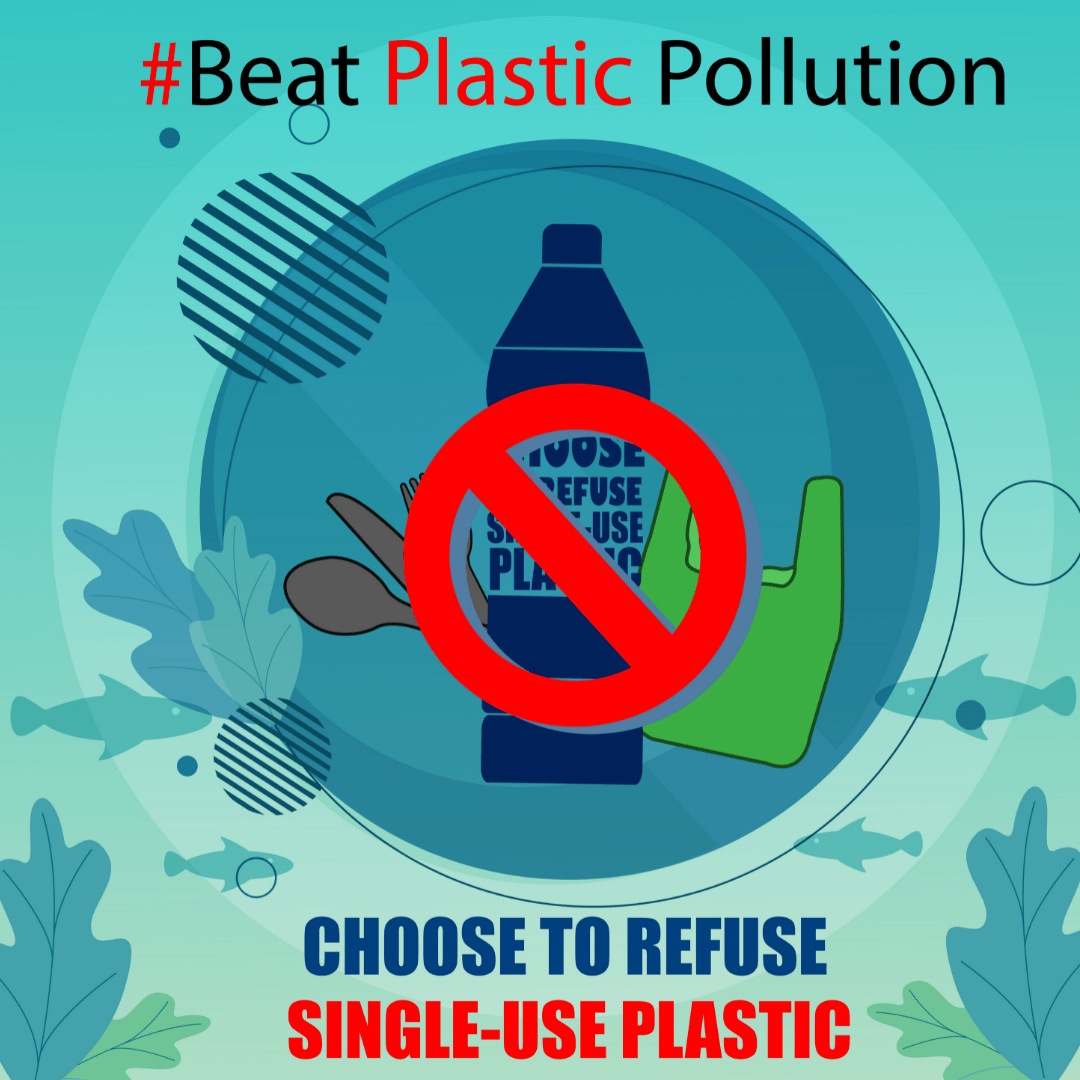
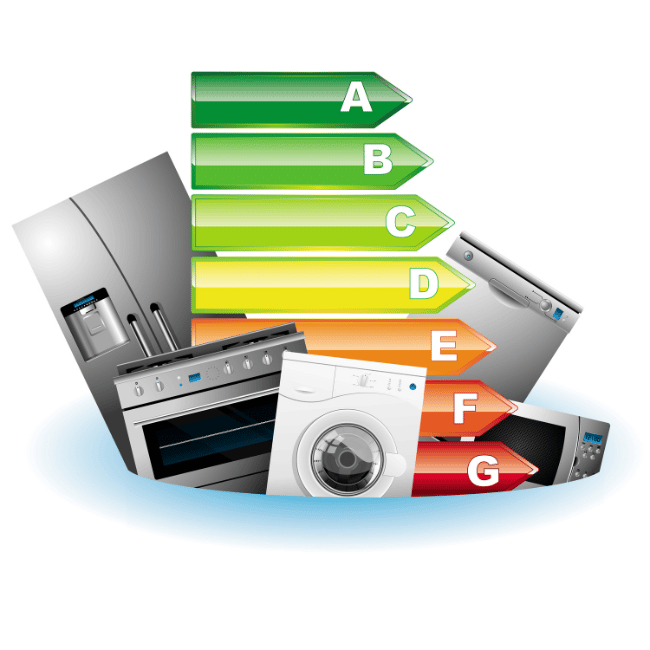
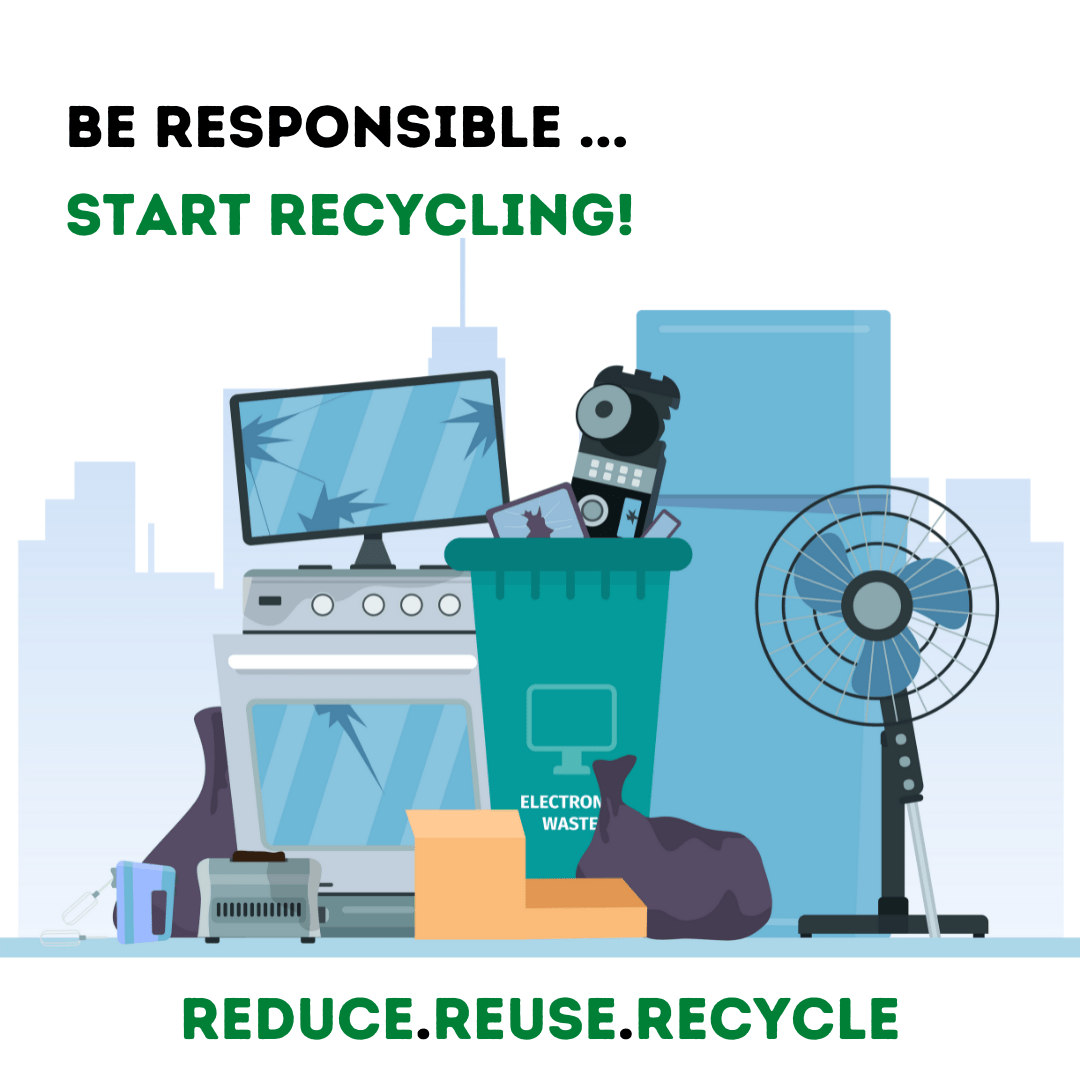
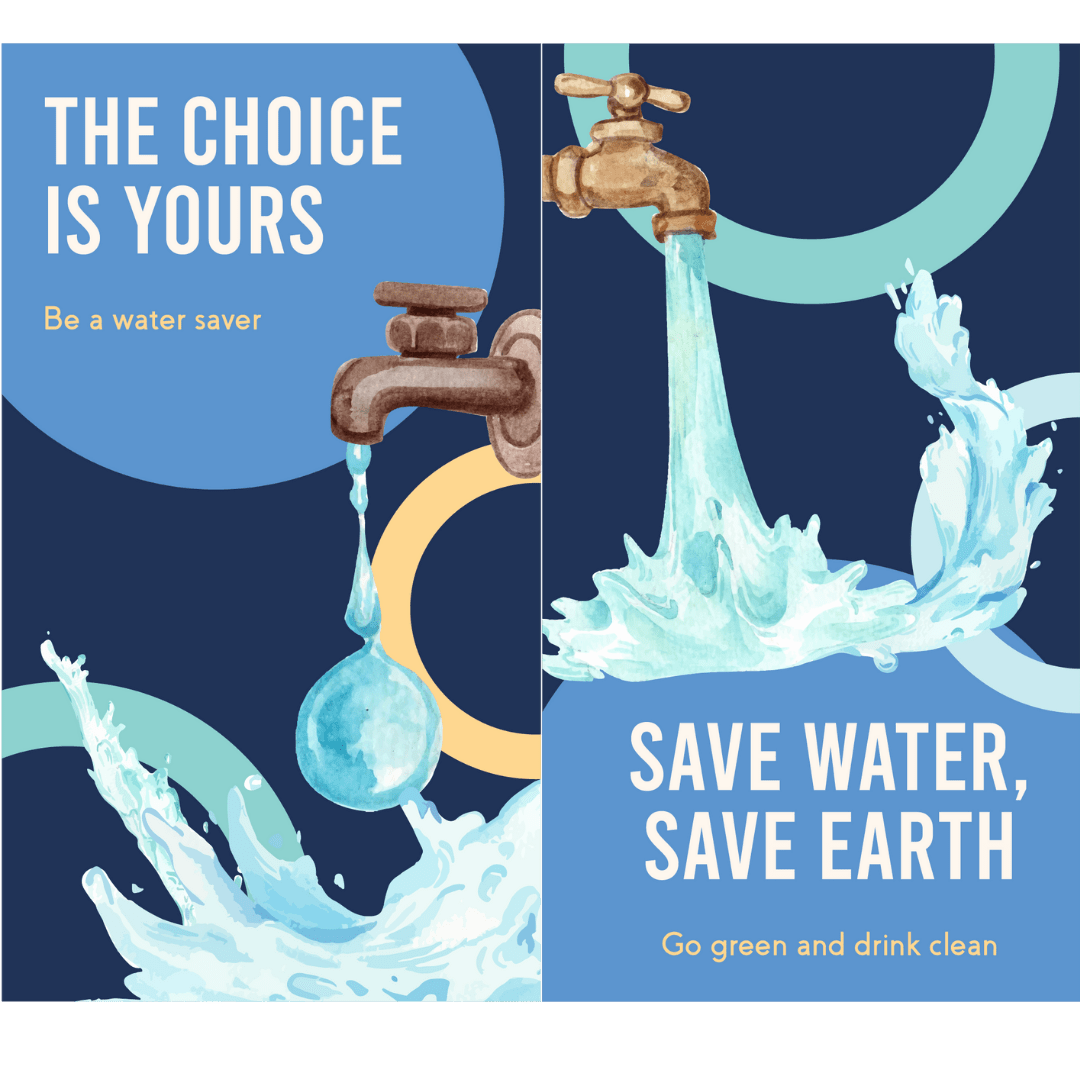
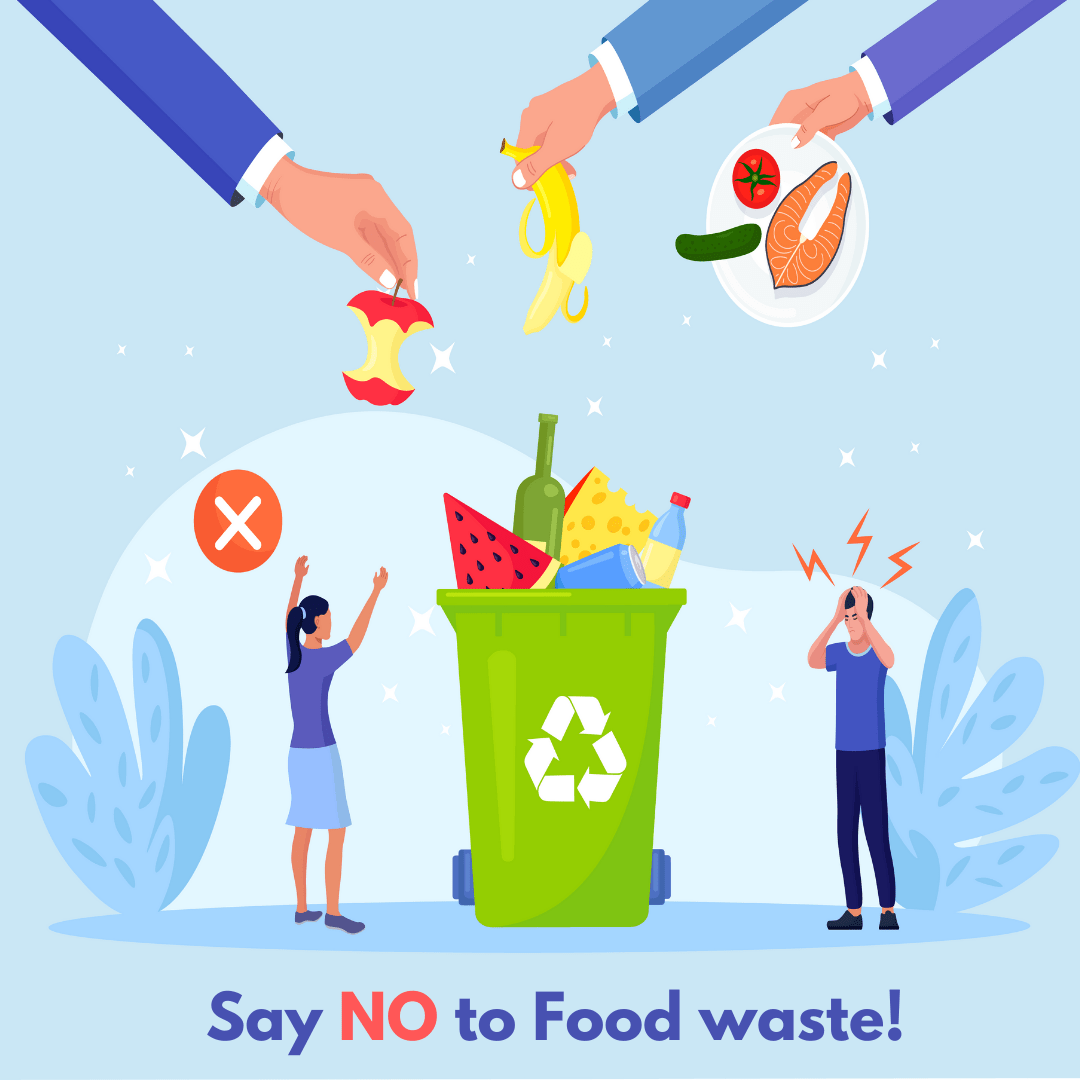
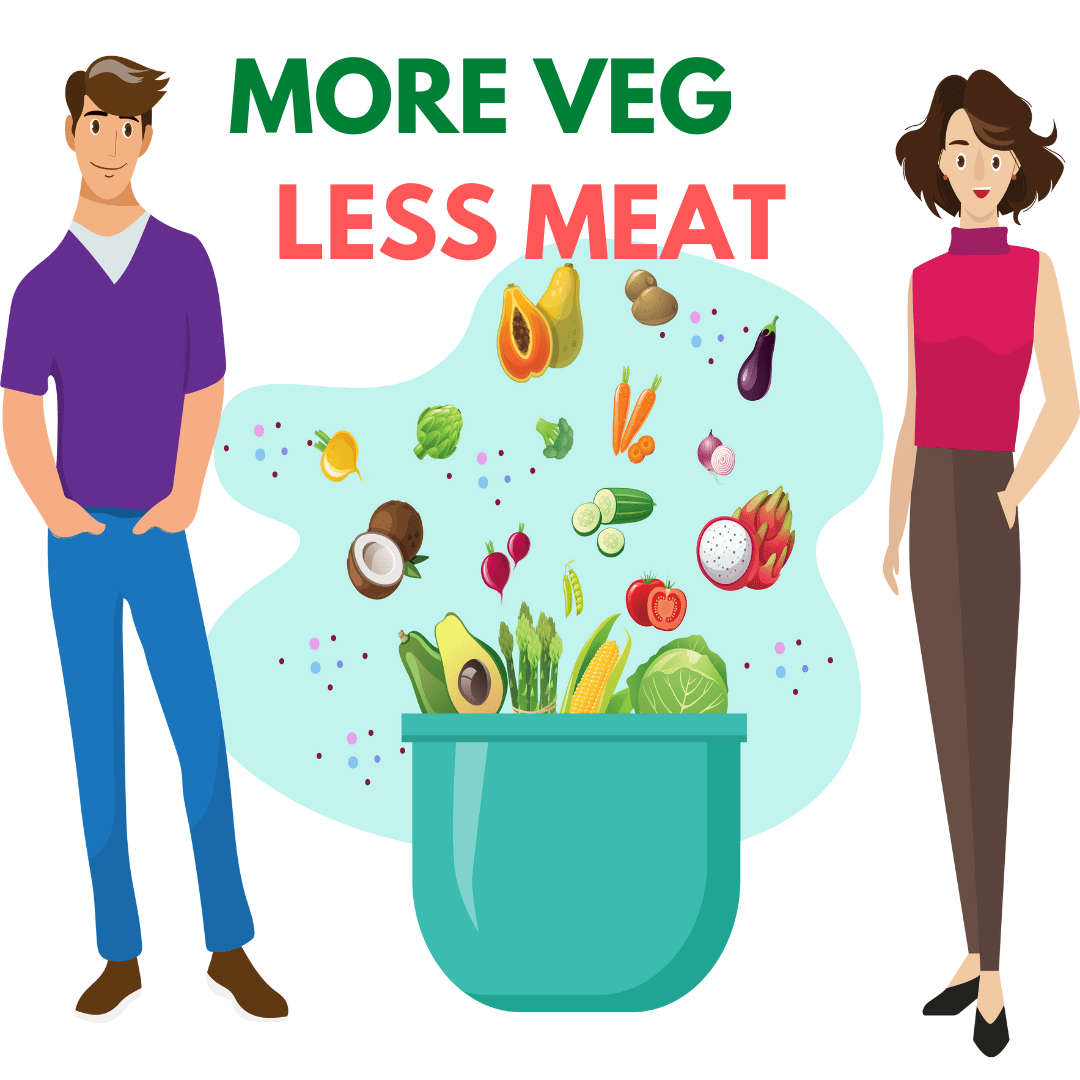
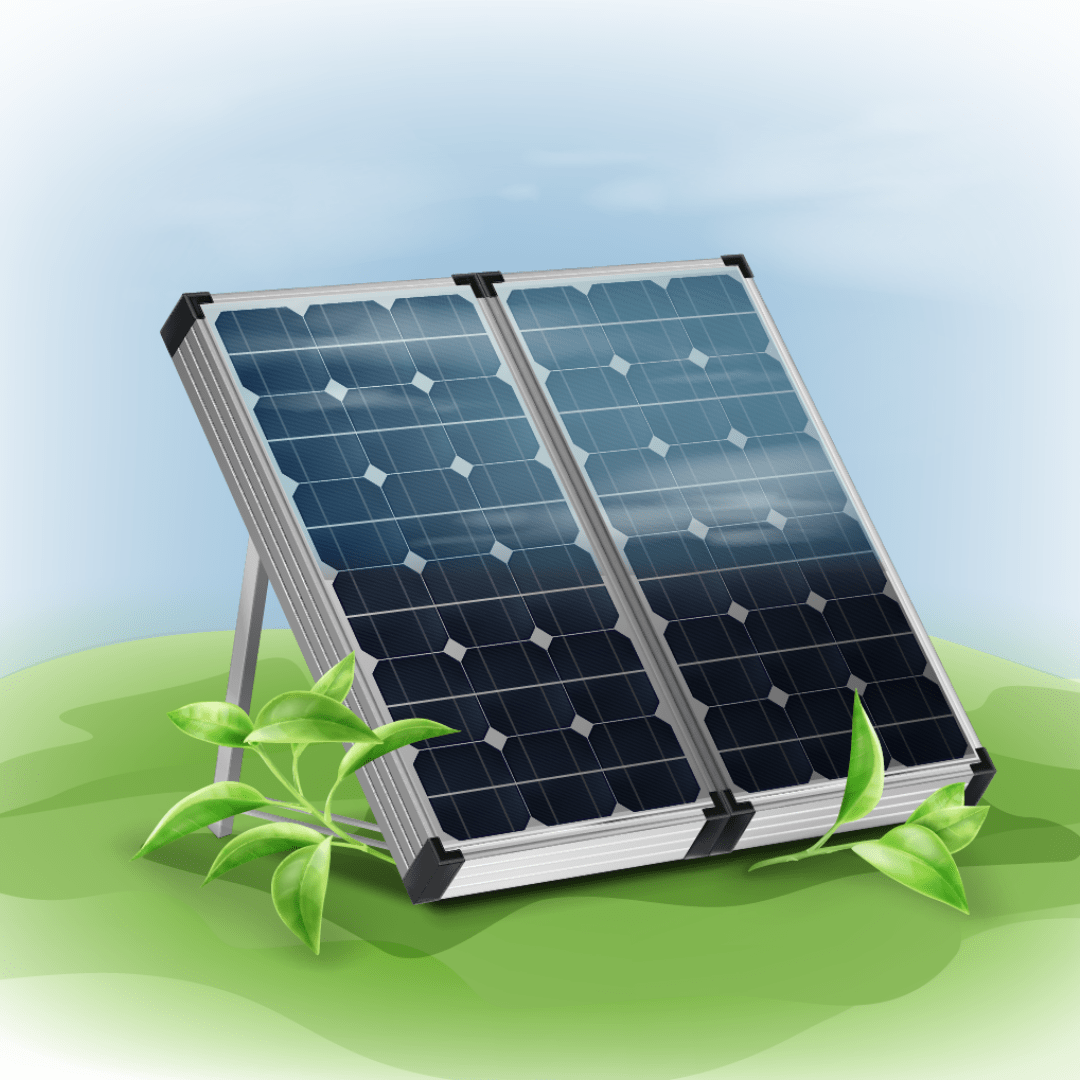
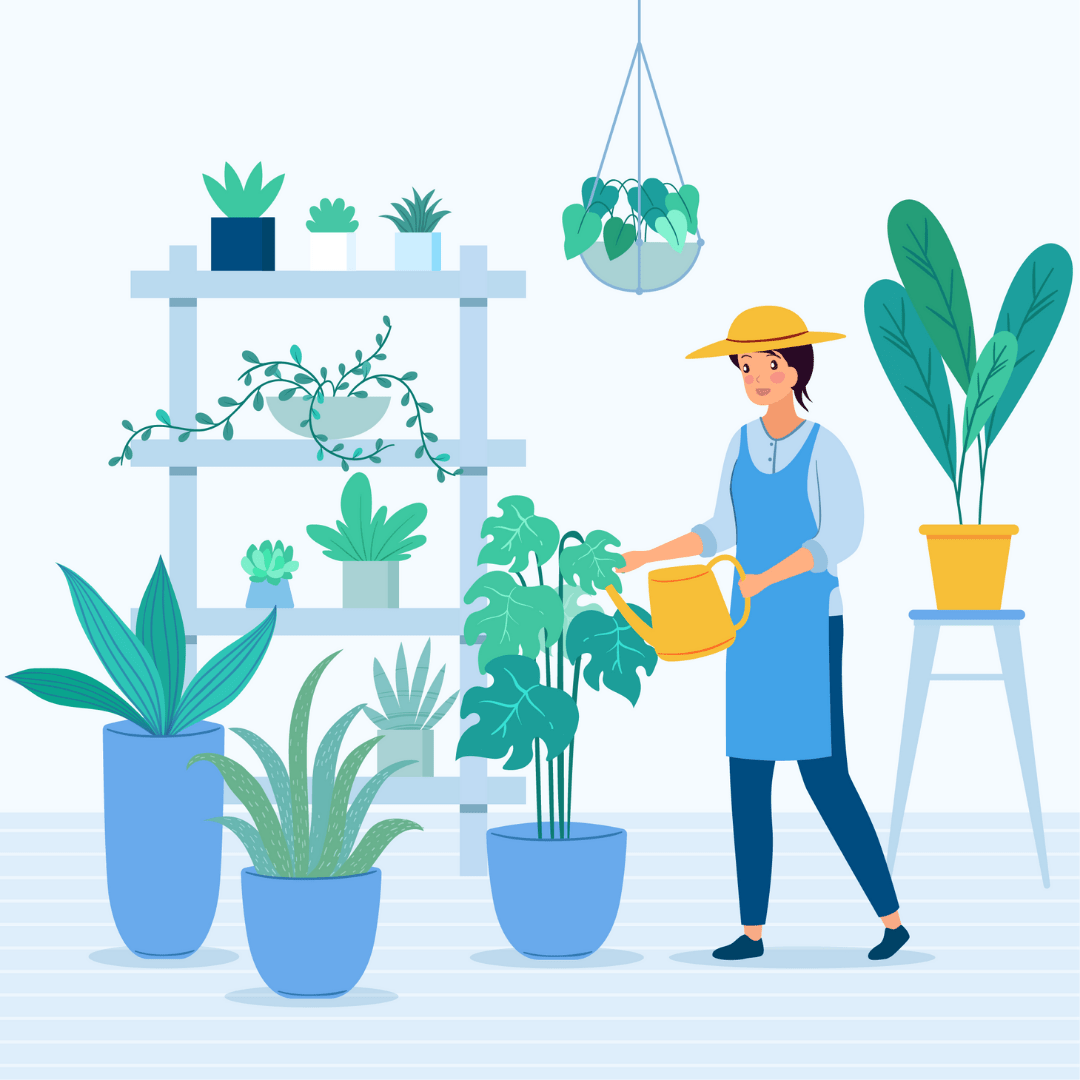

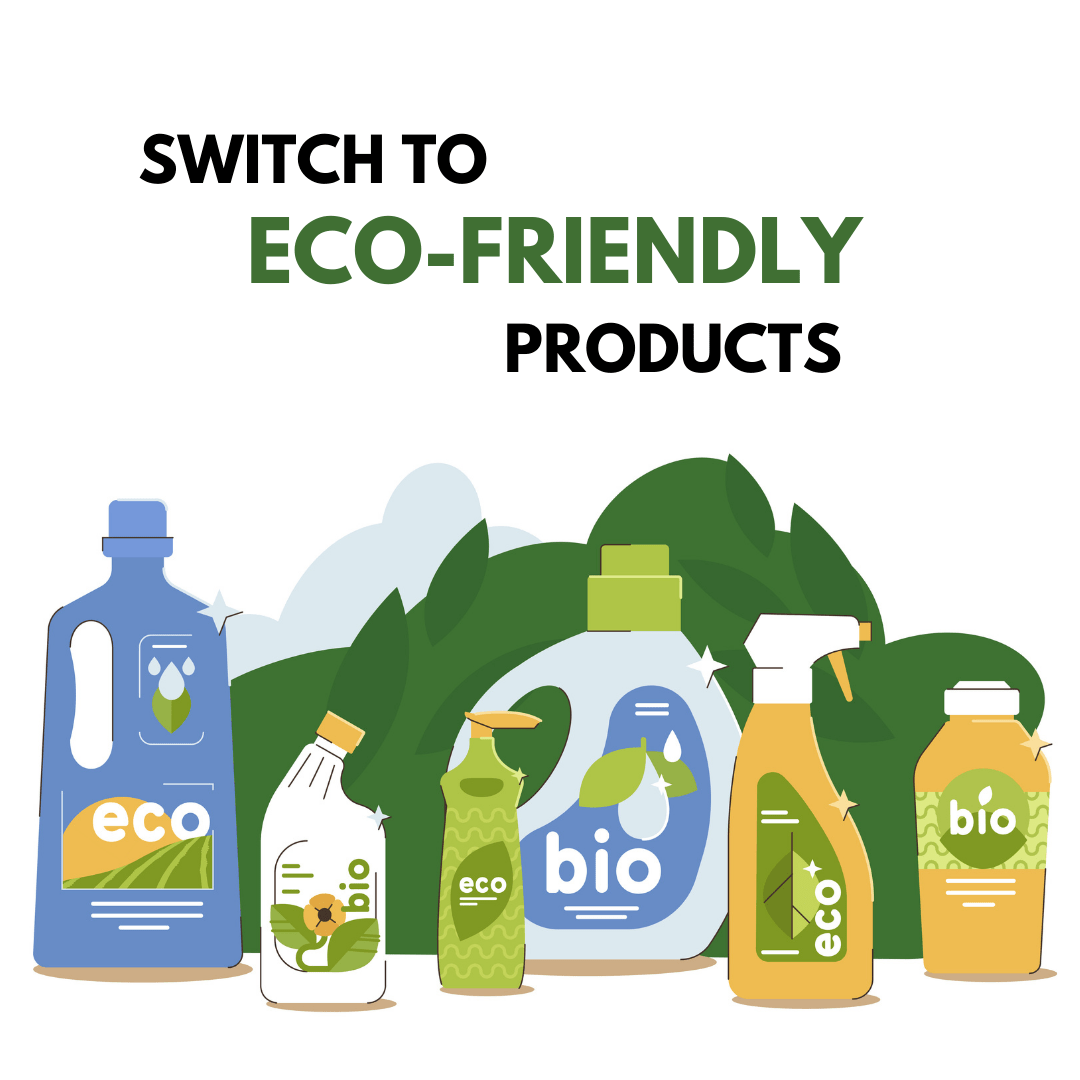









Pingback: 20+ Thoughtful & Eco-Friendly Mother’s Day Gifts (2022)
Pingback: 15 Ethical and Eco-Friendly Father’s Day Gifts (2022) - GreenCitizen
Pingback: 20 Actionable Earth Day Tips To Make A Real Change